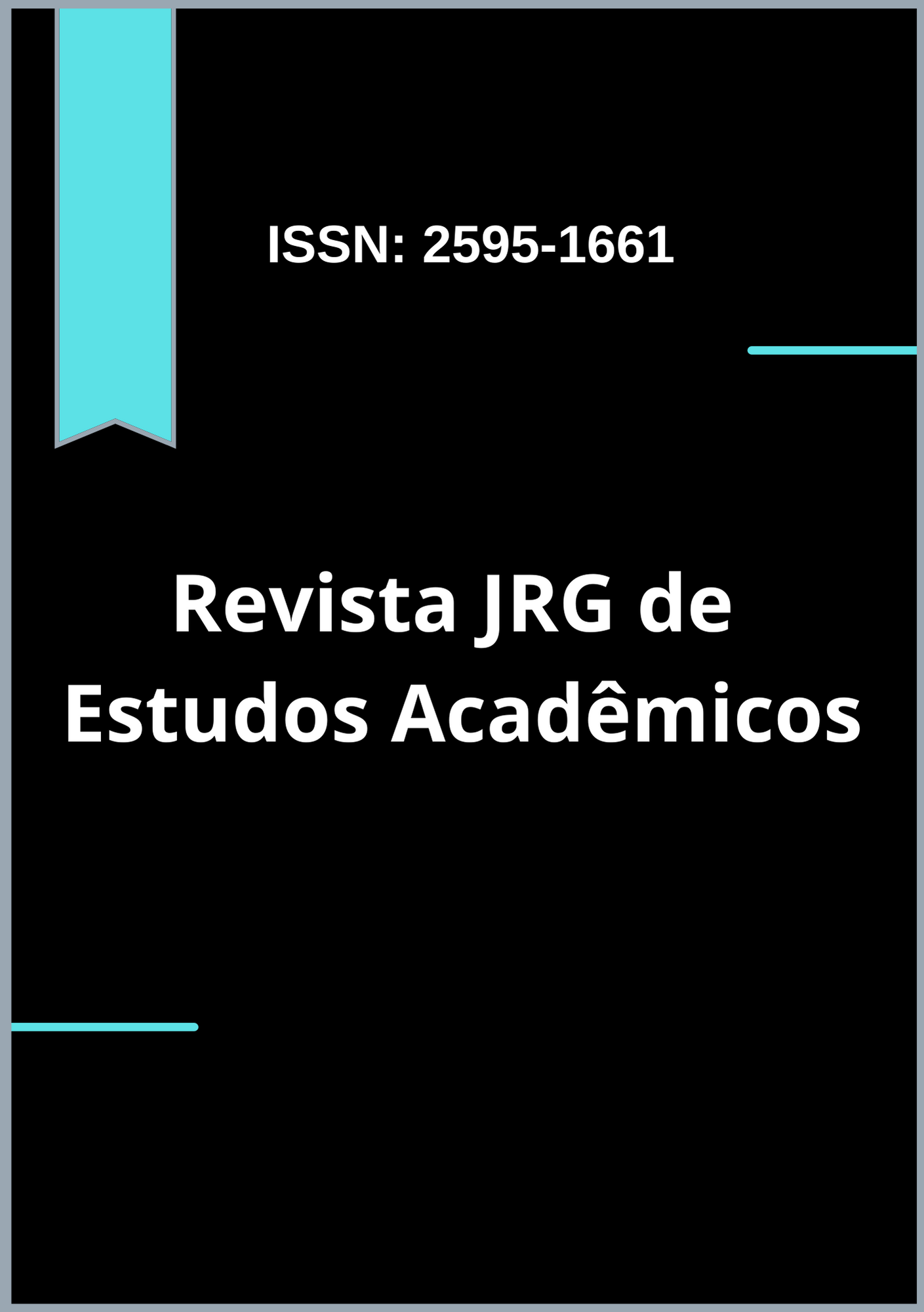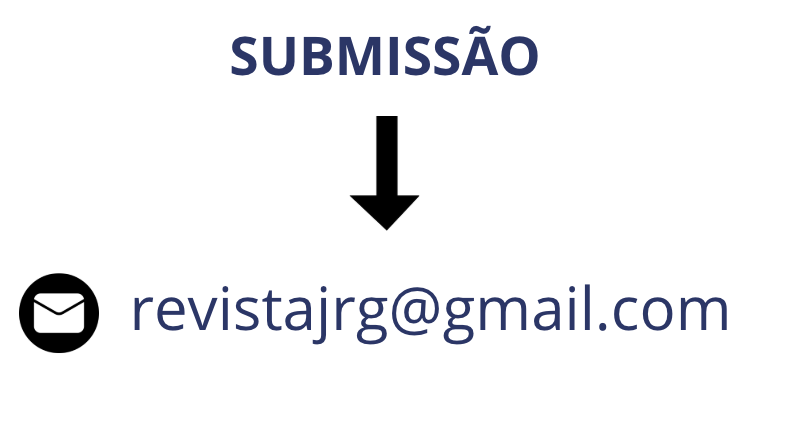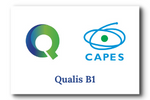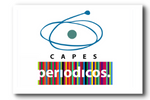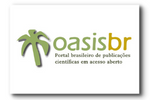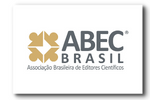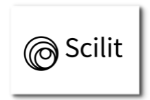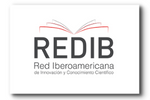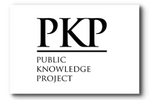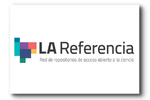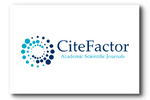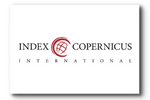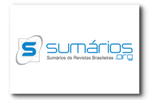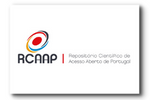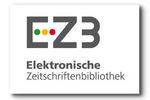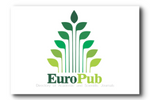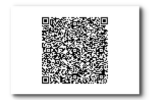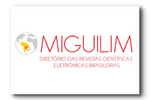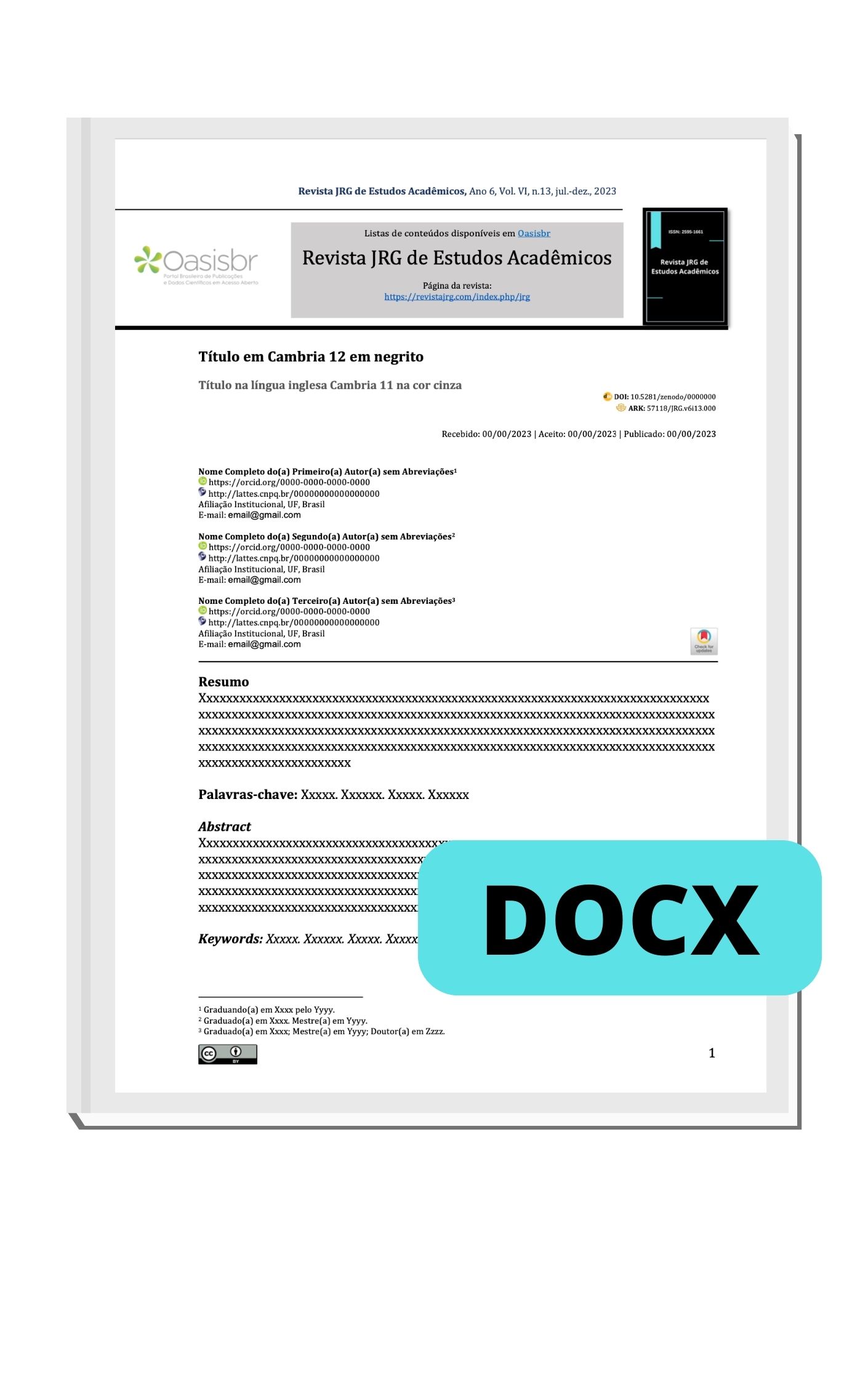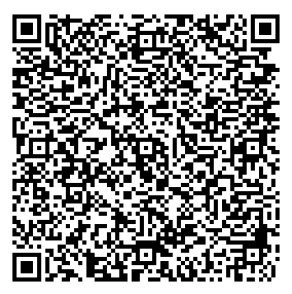Nursing navigation: radiodermatitis in women undergoing the fast-forward protocol – a case report
DOI:
https://doi.org/10.55892/jrg.v8i19.2359Keywords:
nurse navigation, radiotherapy, breast neoplasms, radiodermatitis, pandemicsAbstract
Objective: To report the experience of implementing nurse navigation in the monitoring and management of radiodermatitis in women with breast cancer treated with the FAST-Forward protocol at a private hospital in Porto Alegre, Brazil.
Methods: Descriptive study conducted between 2020 and 2024, involving 98 women who underwent adjuvant ultra-hypofractionated radiotherapy (26 Gy in five consecutive fractions). Nurse navigation included an initial in-person consultation and structured teleorientation on days 7, 14, 30, and 60 after completion of radiotherapy. Radiodermatitis was assessed using the Radiation Therapy Oncology Group (RTOG) scale. Results: The mean age of participants was 73 years (40–94). On days 7 and 14 post-treatment, 39% and 38% of patients presented with grade 1 radiodermatitis, respectively. There was a progressive reduction on day 30 (32%) and day 60 (17%), indicating gradual recovery of irradiated skin. No cases of grade ≥2 radiodermatitis were recorded. Nurse navigation, combined with teleorientation, enabled timely interventions, treatment adherence, and continuity of care, even under the constraints imposed by the COVID-19 pandemic. Conclusion: Nurse navigation proved to be an effective and safe strategy for monitoring women undergoing the FAST-Forward protocol, supporting early detection of radiodermatitis, individualized care, and maintenance of treatment adherence. The findings reinforce the relevance of oncology nursing in managing adverse effects and highlight the international applicability of this model in hypofractionated radiotherapy settings.
Downloads
References
INTERNATIONAL AGENCY FOR RESEARCH ON CANCER (IARC). Global Cancer Observatory: Cancer Today [Internet]. Lyon: IARC/WHO, 2020. Disponível em: https://gco.iarc.fr/today. Acesso em: 23 maio 2025.
INSTITUTO NACIONAL DE CÂNCER (INCA). Estimativa 2023: Incidência de câncer no Brasil [Internet]. Rio de Janeiro: INCA, 2022. Disponível em: https://www.inca.gov.br/estimativa/. Acesso em: 23 maio 2025.
EARLY BREAST CANCER TRIALISTS’ COLLABORATIVE GROUP (EBCTCG). Effect of radiotherapy after breast-conserving surgery on 10-year recurrence and 15-year breast cancer death: meta-analysis of individual patient data for 10,801 women in 17 randomized trials. Lancet, London, v. 378, n. 9804, p. 1707-1716, nov./dez. 2011.
NATIONAL COMPREHENSIVE CANCER NETWORK (NCCN). NCCN Clinical Practice Guidelines in Oncology: Breast Cancer. Version 4.2023. Plymouth Meeting: NCCN, 2023. p. 1-140.
BRUNT, A. M.; HAVILAND, J. S.; WHEATLEY, D. A.; SYDENHAM, M. A.; ALHASSO, A.; BLOOMFIELD, D. J.; et al. Hypofractionated breast radiotherapy for 1 week versus 3 weeks (FAST-Forward): 5-year efficacy and late normal tissue effects results from a multicentre, non-inferiority, randomised, phase 3 trial. Lancet, London, v. 395, n. 10237, p. 1613-1626, maio/jun. 2020.
KRUG, D.; BAUMANN, R.; COMBS, S. E.; DUMA, M. N.; DUNST, J.; FEYER, P.; et al. Moderate hypofractionation remains the standard of care for whole-breast radiotherapy in breast cancer: considerations regarding FAST and FAST-Forward. Strahlenther Onkol, Berlin, v. 197, n. 4, p. 269-280, mar./abr. 2021.
POROCK, D.; KRISTJANSON, L.; NIKOLETTI, S.; PEDLER, P. Predicting the severity of radiation skin reactions in women with breast cancer. Oncol Nurs Forum, Pittsburgh, v. 29, n. 6, p. 1001-1008, nov./dez. 2002.
SALVO, N.; BARNES, E.; VAN DRAANEN, J.; STACEY, E.; MITERA, G.; BREEN, D.; et al. Prophylaxis and management of acute radiation-induced skin reactions: a systematic review of the literature. Curr Oncol, Toronto, v. 17, n. 4, p. 94-112, jul./ago. 2010.
FREEMAN, H. P.; RODRIGUEZ, R. L. History and principles of patient navigation. Cancer, New York, v. 117, n. 15 Suppl, p. 3539-3542, jul./ago. 2011.
WELLS, K. J.; BATTAGLIA, T. A.; DUDLEY, D. J.; GARCIA, R.; GREENE, A.; CALHOUN, E.; et al. Patient navigation: state of the art or is it science? Cancer, New York, v. 113, n. 8, p. 1999-2010, set./out. 2008.
JOHANSSON, H.; ERIKSSON, E.; NILSSON, S.; SANDGREN, A. Contact nurses’ experiences in supporting patients after cancer treatment: a qualitative study. Eur J Oncol Nurs, London, v. 64, p. 102324, jan./fev. 2025.
SILVA, A. P.; FERNANDES, N.; SOUZA, M.; GOMES, T. O valor do enfermeiro navegador no tratamento complexo do câncer: uma revisão de escopo. Rev Bras Enferm, Brasília, v. 78, n. 1, p. e20240123, jan./fev. 2025.
SINGH-CARLSON, S.; WONG, F.; TREVILLION, K. The role of oncology nurse navigators in Canada: an integrative review. Can Oncol Nurs J, Toronto, v. 33, n. 3, p. 215-223, jul./set. 2023.
RODRIGUES, R. L.; SCHNEIDER, F.; KALINKE, L. P.; KEMPFER, S. S.; BACKES, V. M. S. Clinical outcomes of patient navigation performed by nurses in the oncology setting: an integrative review. Rev Bras Enferm, Brasília, v. 74, n. 2, p. e20190804, mar./abr. 2021.
PAUTASSO, F. F.; ZELMANOWICZ, A. M.; FLORES, C. D.; CAREGNATO, R. C. A. Atuação do Nurse Navigator: revisão integrativa. Rev Gaúcha Enferm, Porto Alegre, v. 39, p. e2017-0102, jan./fev. 2018.
OSORIO, A. P.; FLÔR, J. S.; SARAIVA, T. K. G.; MAESTRI, R. N.; ROHSIG, V.; CALEFFI, M. Navegação de enfermagem na atenção ao câncer de mama durante a pandemia: relato de experiência. J Nurs Health, Pelotas, v. 10, n. esp., p. e20104032, nov./dez. 2020.
COX, J. D.; STETZ, J.; PAJAK, T. F. Toxicity criteria of the Radiation Therapy Oncology Group (RTOG) and the European Organization for Research and Treatment of Cancer (EORTC). Int J Radiat Oncol Biol Phys, New York, v. 31, n. 5, p. 1341-1346, dez. 1995.
CONSELHO FEDERAL DE ENFERMAGEM (COFEN). Resolução nº 736, de 6 de março de 2024 [Internet]. Brasília: COFEN, 2024. Disponível em: https://www.cofen.gov.br/resolucao-cofen-no-736-de-17-de-janeiro-de-2024/. Acesso em: 24 maio 2025.
INSTITUTO ONCOGUIA. Radioterapia Externa [Internet]. São Paulo: Oncoguia, 2023. Disponível em: https://www.oncoguia.org.br/conteudo/radioterapia-externa/4626/698/. Acesso em: 17 maio 2025.
AMERICAN JOINT COMMITTEE ON CANCER. AJCC Cancer Staging Manual. 8. ed. New York: Springer, 2017.
BRUNT, A. M.; WHEATLEY, D.; YARNOLD, J.; SOMAIAH, N.; KELLY, S.; HARNETT, A.; et al. Acute skin toxicity associated with a 1-week schedule of whole breast radiotherapy compared with a standard 3-week regimen delivered in the UK FAST-Forward Trial. Radiother Oncol, Amsterdam, v. 120, n. 1, p. 114-118, jan./fev. 2016.
GIRIDHAR, P.; PRADHAN, S.; PUJARI, L.; SINGH, P.; SHINGHAL, A.; KHANDELWAL, C.; et al. Is FAST FORWARD the way forward in radiotherapy for locally advanced breast cancer – learnings from the COVID pandemic. Clin Breast Cancer, Houston, v. 24, n. 3, p. e116-e125, maio/jun. 2024.
BOUZIANE, J.; LOAP, P.; ALLALI, S.; CAO, K.; FOURQUET, A.; KIROVA, Y. Ultra hypofractionated breast radiotherapy according to the Fast-Forward scheme: excellent early tolerance or delayed skin reactions? Real life experience. Cancer Radiother, Paris, v. 29, p. 104612, jan./fev. 2025.
CONSELHO FEDERAL DE ENFERMAGEM (COFEN). Resolução nº 696, de 22 de fevereiro de 2022 [Internet]. Brasília: COFEN, 2022. Disponível em: https://www.cofen.gov.br/resolucao-cofen-no-696-2022_98512.html. Acesso em: 24 maio 2025.
